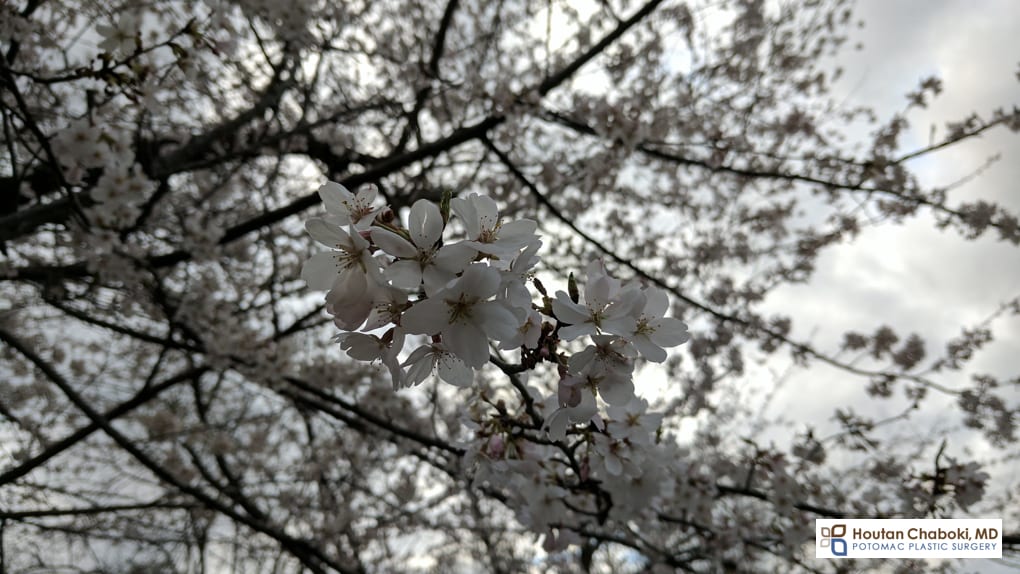Facial plastic surgery can restore and enhance your appearance and is generally considered safe and effective when performed by a board-certified surgeon on healthy patients with realistic expectations. However, not every aesthetic procedure is considered appropriate. Many factors goes into the decision in performing cosmetic surgery by plastic surgeons. Safety is the primary factor, but recovery and effectiveness are also considered. Lastly, plastic surgeons and their patients want the results to be natural.
Some reasons to avoid facial plastic surgery may include higher risk of complications, unnatural results, or simply not worth the time and financial investment. Below are some facial procedures to avoid.
Silicone injections or permanent fillers
Patients should avoid any permanent filler injections, such as silicone. Silicone is OK as a solid implant, such as those for chin or cheek augmentation. Injections of permanent material, however, are problematic since it cannot easily modified after injection and can cause complications such as infection, migration, and scarring. Unlike a solid implant, silicone injections can’t be removed without possibly causing further damage.
Aggressive facelift and neck lift with removal of glands
Facelift and neck lift surgery should improve the neck and jawline without an aggressive approach. Sometimes candidates of face and neck lifts may have salivary glands that are noticeable under the jawline as bulges and contribute to a double chin (i.e. submental fullness). Some patients want these glands removed, but the risks of removal are generally not warranted. These glands are typically left alone by facelift surgeons, while still achieving improvement of neck.
Facial Liposuction
Excess facial fat is a concern for some plastic surgery patients. Buccal fat reduction is a standard procedure to improve one’s appearance by removing excess cheek fat. However, liposuction of the face is avoided by plastic surgeons. Liposuction is better for larger areas such as the neck and jowls, where liposuction is routinely performed for an improved jawline. The smaller area of the face and cheeks, along with the facial muscles and nerves, makes liposuction more risky.
Non-surgical rhinoplasty of the nasal tip with fillers
Most non-surgical rhinoplasty can be performed with facial fillers, such as Restylane®. These office injections are a good option for appropriate patient for either primary or revision rhinoplasty. Plastic surgeons only treat the middle and upper thirds of the nose with filler injections to reshape the nose.
However, filler injections should not be performed of the nasal tip. The risk of infection and complications are much higher when fillers are placed in the tip. Patients should consider surgical rhinoplasty to reshape the tip instead of filler injections.
Older types of Threadlifting
To avoid facelift surgery, non-surgeons inserted threads beneath the skin via a needle to tighten and pull on the face without incisions. Thread lifts were appealing since it was a non-surgical procedure via local anesthesia. However, the results were not optimal and temporary. This type of non-surgical facelift caused irregular skin bunching or dimpling. A better non-surgical facelift is a liquid lift with wrinkle relaxers and facial fillers instead.
Have you considered facial plastic surgery? Speak with a board-certified surgeon who specializes in facial procedures to perform a comprehensive evaluation and to help determine appropriate options for you. Share your thoughts below.


Leave a Reply